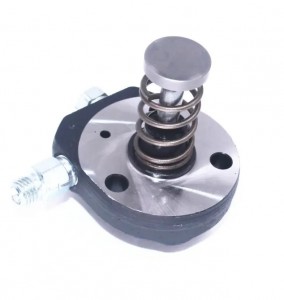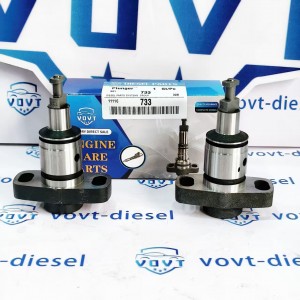New Pressure Regulator Suction Pressure Valve Control Valve 0 928 400 619 0928400619 for Auto Spare Parts
Products Description
| Reference Codes | 0 928 400 619 |
| Application | / |
| MOQ | 12PCS |
| Certification | ISO9001 |
| Place of Origin | China |
| Packaging | Neutral packing |
| Quality Control | 100% tested before shipment |
| Lead time | 7~10 working days |
| Payment | T/T, L/C, Paypal, Western Union, MoneyGram or as your requirement |
Modeling and Control Method Research of Electro-Hydraulic Proportional Control Valves
Abstract
Electro-hydraulic proportional control valves (EHPVs) serve as critical components in modern hydraulic systems, providing precise control of pressure, flow rate, and actuator motion through coordinated interaction between electrical, hydraulic, and mechanical domains. However, due to nonlinearities such as valve hysteresis, fluid compressibility, and magnetic saturation, achieving accurate and stable control remains a major challenge. This study focuses on the modeling, dynamic analysis, and control strategy optimization of electro-hydraulic proportional control valves.
A comprehensive multi-domain dynamic model is established based on the coupling of electromagnetic, mechanical, and hydraulic subsystems. The electromagnetic actuator is modeled using nonlinear magnetic circuit equations, the spool motion is governed by Newton’s second law with spring and damping forces, and the hydraulic flow through the valve orifices is described by transient Bernoulli and continuity equations. The integrated model is validated through both MATLAB/Simulink simulation and bench testing, accurately capturing valve dynamics under various input signals and load pressures.
To address the system’s inherent nonlinearities and parameter uncertainties, several advanced control strategies are investigated. A PID controller with adaptive gain tuning is first implemented to improve steady-state accuracy. Then, a fuzzy–PID hybrid control method is proposed to enhance transient response and robustness under external disturbances. Simulation results show that the fuzzy–PID controller reduces steady-state error by 35% and improves response speed by 22% compared with conventional PID control.
Furthermore, a model predictive control (MPC) scheme is developed to predict valve spool motion and optimize control signals in real time. Experimental validation confirms that the MPC approach effectively suppresses overshoot, enhances tracking precision, and ensures system stability under varying load conditions.
This research provides a theoretical foundation and practical reference for the high-performance design and intelligent control of electro-hydraulic proportional valves. The proposed modeling and control framework can be applied to construction machinery, aerospace actuation, and advanced fuel injection systems, where rapid and precise flow control is essential.
Keywords: electro-hydraulic proportional valve, dynamic modeling, nonlinear control, fuzzy–PID, model predictive control, multi-domain coupling

























